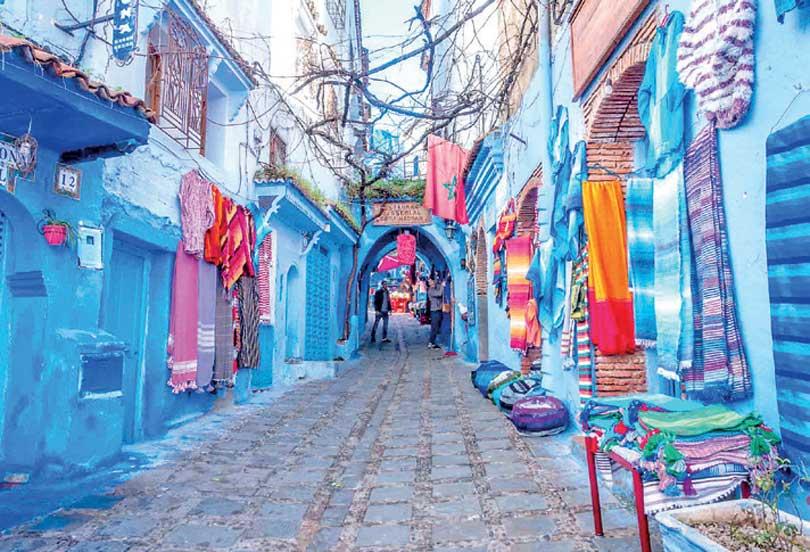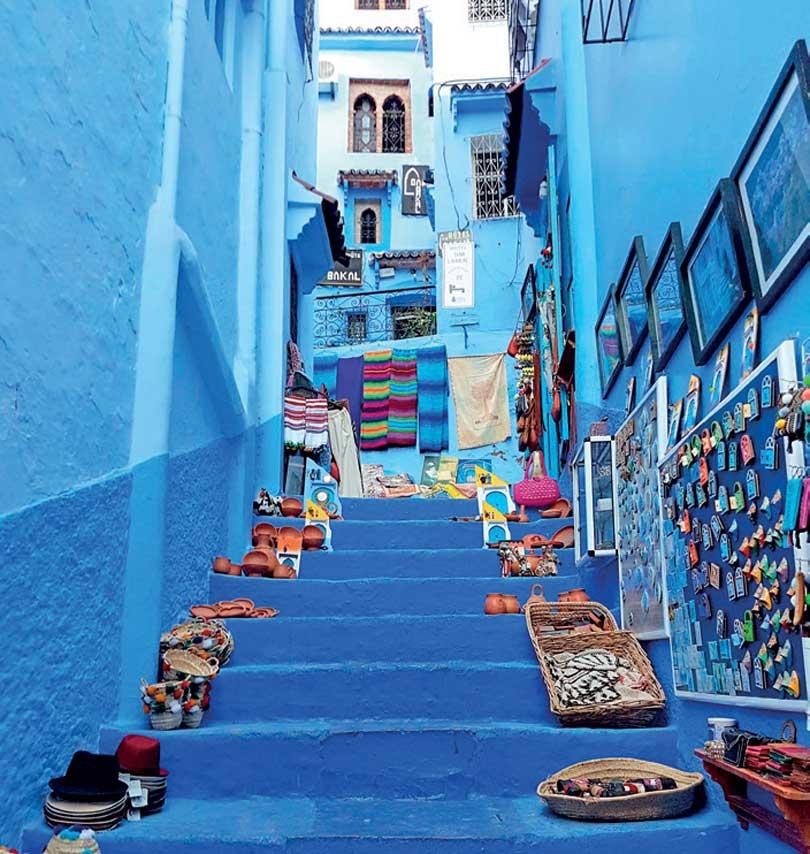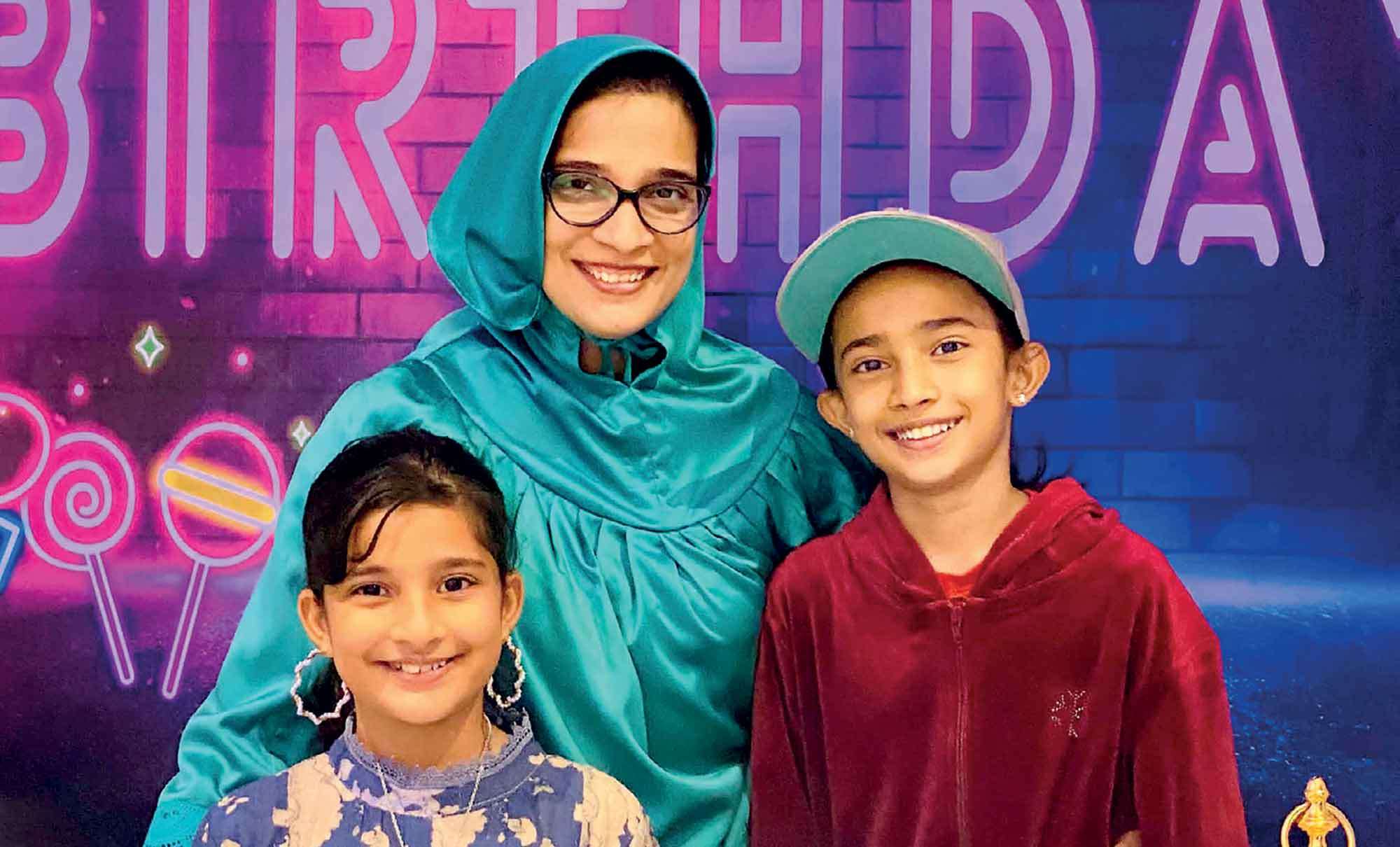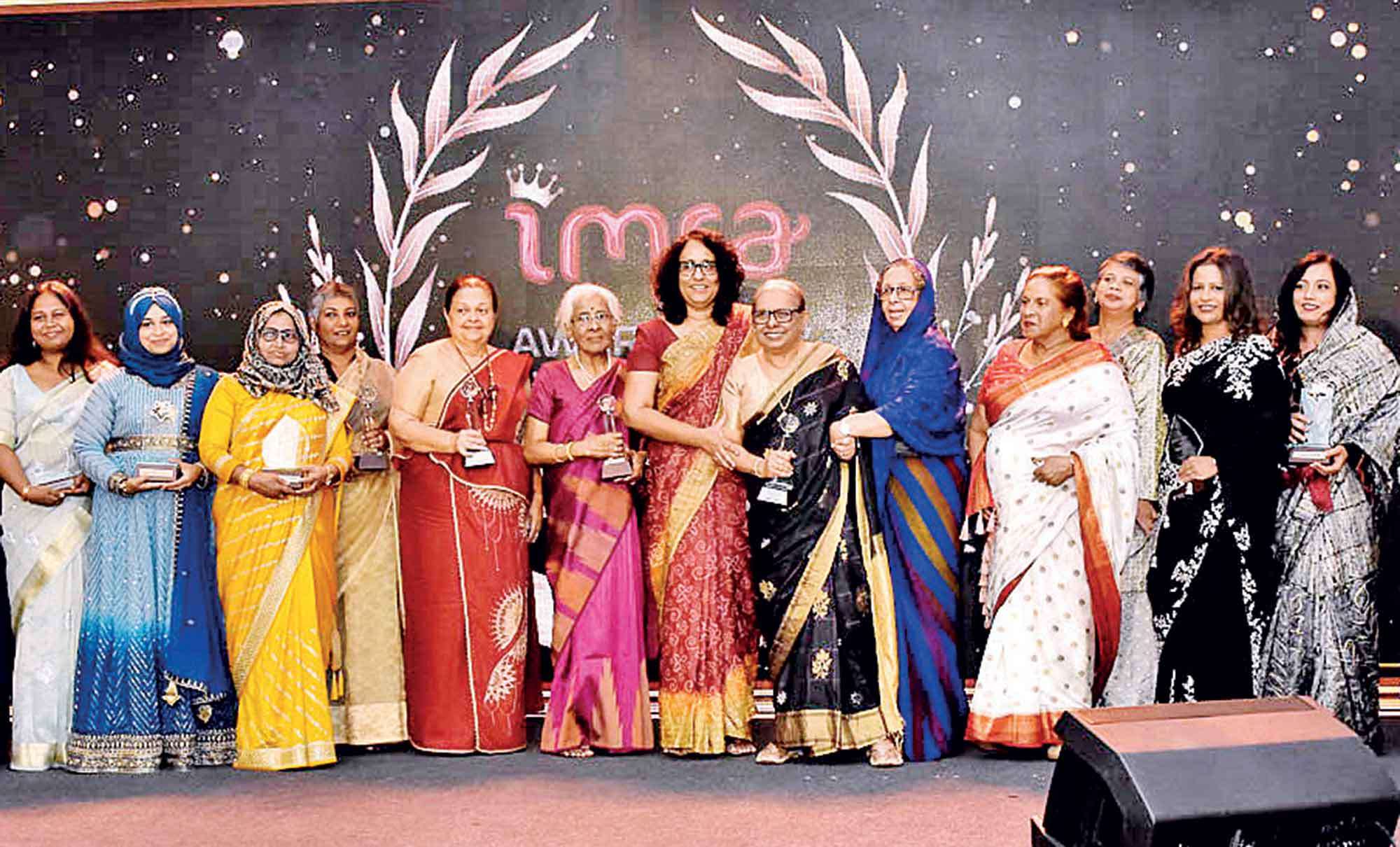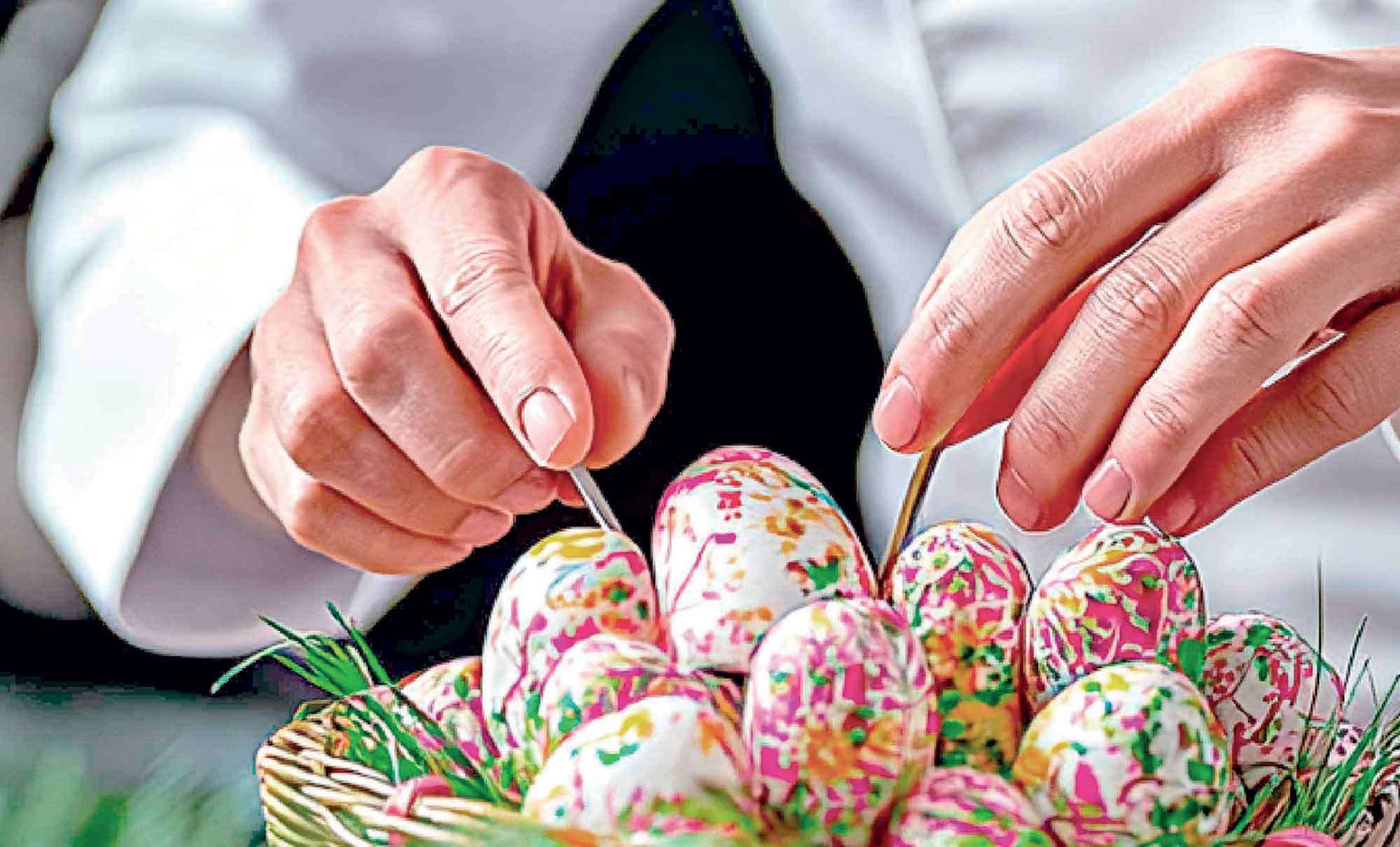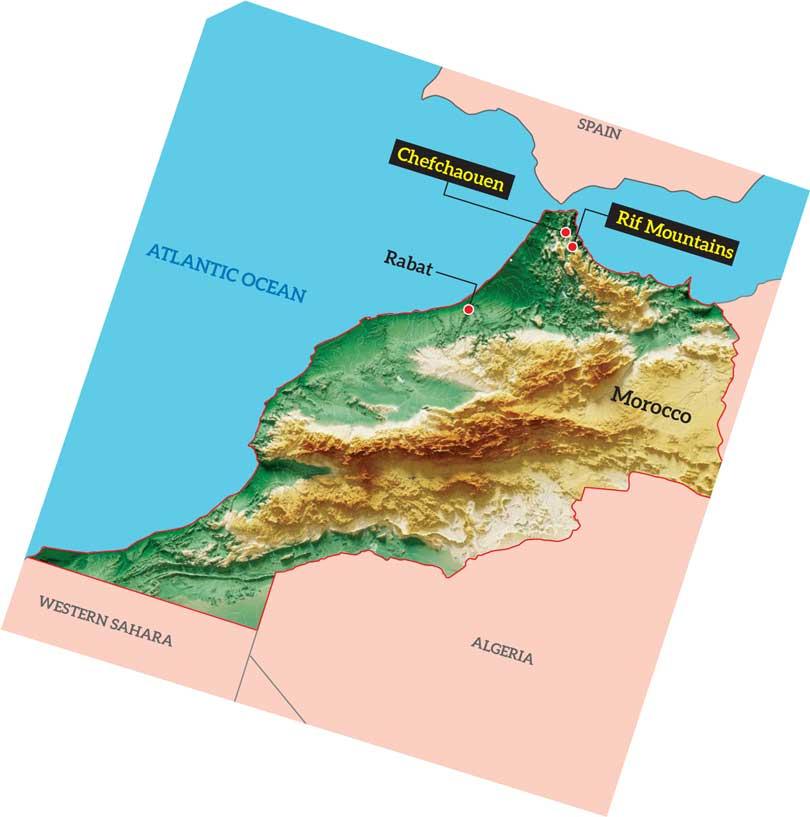
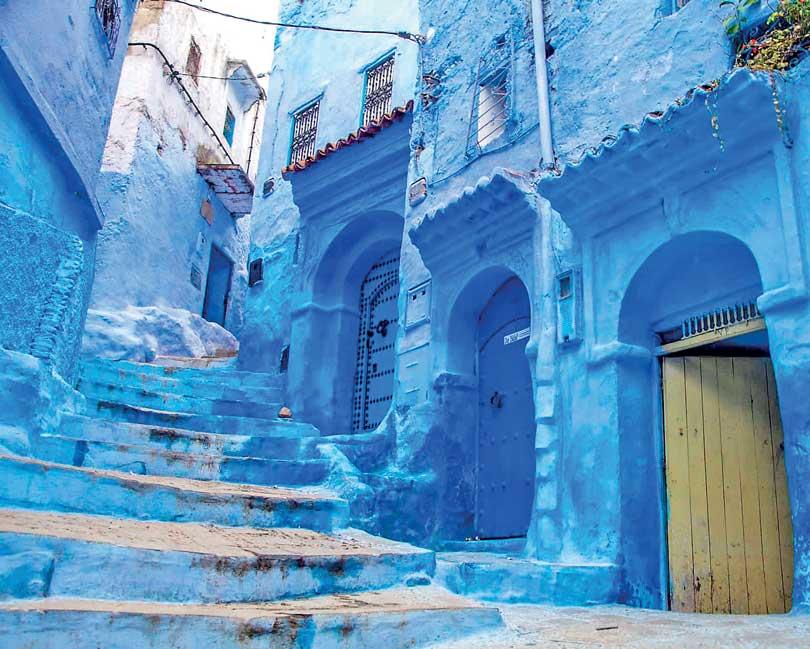
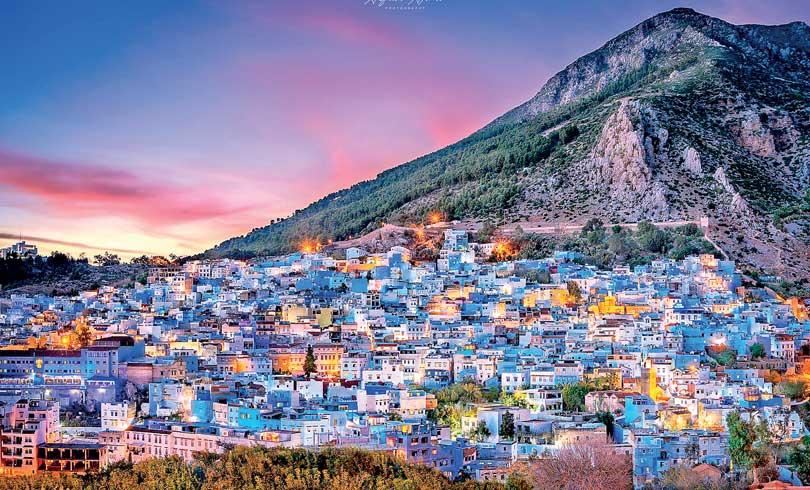
You might even remember that moment standing on a rooftop, tea in hand, watching the mountains in the distance; when you felt, for a second, like the world was exactly as it should be.
Tucked between the rugged peaks of the Rif Mountains in northwest Morocco lies a town that looks like it has been dipped in the sky. Chefchaouen, affectionately called The Blue Pearl, is not just a place; it’s a feeling. A daydream. A soft, soothing whisper of blue that lingers in your mind long after you’ve left its cobblestone streets. It’s one of the world’s most surreal travel destinations and if you’ve never heard of it, that’s about to change.
Welcome to Chefchaouen, where time slows down, and reality takes a nap while magic takes over.
Imagine this: you’re driving along a winding mountain road. The landscape is dry, dotted with olive trees and goats hopping casually along the ridges. Suddenly, around a bend, it appears a mirage-like town glowing with shades of baby blue, periwinkle, indigo, and cerulean. Every wall, every doorway, every stair is kissed by blue paint. It’s not just one or two houses. It’s the whole town.
And it’s not just for aesthetic. The origins of the blue are a blend of legend and practicality. Some say the Jewish refugees who fled the Spanish Inquisition in the 15th century brought the tradition of painting buildings blue symbolizing heaven and spirituality. Others believe it repels mosquitoes. Whatever the reason, it works. The blue calms the soul.
Walking through Chefchaouen feels like stepping inside a watercolor painting. The alleys are narrow, cool, and shaded. Flowerpots hang from every nook. Cats the unofficial mascots of the city, lounge on windowsills like royalty. You’ll find yourself slowing down, touching the walls, watching how the light shifts from one alley to the next. It’s hypnotic.
Chefchaouen isn’t just beautiful; it’s soulful. The medina (old town) is alive with stories, many of which are hidden in its corners. You won’t find towering skyscrapers or honking traffic here. Instead, you’ll find old men playing cards under fig trees, children chasing a soccer ball, and women hanging handwoven blankets on their rooftops to dry in the sun.
The local markets are intimate, bursting with color and spice. Vendors call out gently not aggressively like in Marrakech or Fez. They smile, invite you in for mint tea, and ask where you’re from. You might pick up a handmade wool poncho, a bottle of pure argan oil, or a painting of what else? a blue door.
There’s something incredibly humbling about Chefchaouen. It doesn’t shout for attention. It doesn’t try to impress. It just is quietly magnificent, like an old soul that has nothing to prove.
There’s more to Chefchaouen than its dreamy paint job. Step outside the medina walls, and you’ll find a landscape straight out of a National Geographic spread. The Rif Mountains stretch out in every direction, inviting hikers and wanderers to explore trails where shepherds tend to their flocks and waterfalls cascade through hidden valleys.
One of the must-do hikes is to the Spanish Mosque, perched on a hill overlooking the town. It’s about a 30-minute walk, not too difficult, even if you’re not a seasoned hiker. Go at sunset. Trust me. As the sky turns gold and the call to prayer echoes from the mosques, you’ll look down at the town below and feel a kind of peace that’s hard to describe. The blue glows in the fading light. It’s pure magic.
If you're lucky enough to visit during spring, wildflowers bloom in the valleys, and the scent of orange blossom hangs in the air like a forgotten perfume.
Of course, no Moroccan town is complete without its food; and Chefchaouen doesn’t disappoint. Unlike the bustling food scenes of Casablanca or Tangier, dining here is slow, homey, and heartwarming.
Start your day with msemen, a flaky, buttery Moroccan pancake served with honey and jam. Pair it with a glass of steaming atay nanaa; fresh mint tea so sweet it makes your eyebrows rise, poured from silver teapots held high above delicate glasses.
Lunch? Try a traditional tagine, slow-cooked lamb or chicken with apricots, almonds, and saffron. Or if you’re feeling adventurous, sample bissara; a creamy fava bean soup that’s a local staple.
Every meal is a quiet ritual. There’s no rush. You’re not just eating; you’re savoring centuries of Berber and Andalusian tradition, bite by bite.
The truth is, Chefchaouen isn’t just a place you visit. It’s a place that gets under your skin, in the gentlest way. You’ll remember the way the blue walls shimmer in the morning light, the laughter of schoolchildren echoing off the stones, and the old woman who handed you figs from her basket without asking for anything in return.
You’ll remember walking without a map, letting yourself get lost on purpose, discovering tiny corners where time stood still.
You might even remember that moment standing on a rooftop, tea in hand, watching the mountains in the distance; when you felt, for a second, like the world was exactly as it should be.
Practical Tips for Your Dreamy Escape
Why Chefchaouen Matters?
In a world obsessed with speed, digital noise, and endless content, Chefchaouen is a reminder to pause. To breathe. To look up at the mountains and realize how small and how lucky we are.
It’s a living poem. A place that doesn’t scream for attention but sings to your soul if you’re quiet enough to hear it.
So, if you ever find yourself craving stillness, beauty, and a bit of blue-tinted wonder… you know where to go.
